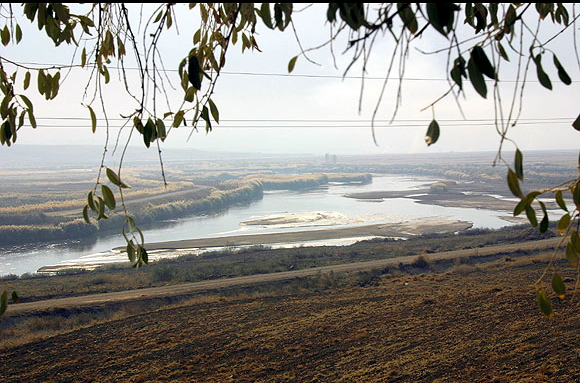Hydrology
 Hydrology
Hydrology
The mountainous nature of the state's surface is accompanied by a rich river network, but it is of little use to Turkey, because the headwaters of the rivers are slow and lazy, while the middle and lower gears are dangerous thresholds, rocky bearings and very gusty current, therefore no river is navigable. The country is suffering from a water shortage, even the largest river, Kizilirmak, it is of no great value in this respect. The water deficit is being prevented, by building dams, that is, artificial water reservoirs, and drilling deep artesian wells.
The largest rivers in Turkey are Kizilirmak and Sakarya flowing into the Black Sea, Menderes and Gediz belonging to the catchment area of the Aegean Sea and Seyhan and Ceyhan, which fall into the Mediterranean Sea. The interior of Anatolia is partially a drainage area, which means, that the rivers flow there into numerous salty relict lakes in the highlands or tectonic lakes in the Western Taurus range. Two great rivers in the Middle East originate in Turkey: Tiger (should. Tigris River) and the Euphrates (Firat Hehri), which in Anatolia, however, do not reach impressive width, developing only outside the country and flowing into the Persian Gulf.
The many lakes scattered all over Turkey are generally poor in freshwater inflows. Poorly permeable substrate, sunny heat and warm southern winds favor strong evaporation. As a result, most lakes contain a high percentage of salt in their waters. The smaller lakes of the Armenian Upland contain significant amounts of sulphates, because they are volcanic reservoirs, created relatively recently. For the above reasons, Turkey's lakes are generally poorly stocked, and the vast swamps adjacent to them were once a habitat for malaria spread by mosquitoes. The largest lake in Turkey is Van Golu (3750 km2) lying near the border with Iran. She almost falls into it 50 rivers and streams. The second largest is the salt lake Tuz Gólu with a water surface 1285 km2, which, together with the surrounding marshes, it crosses 2 thousand. km2.